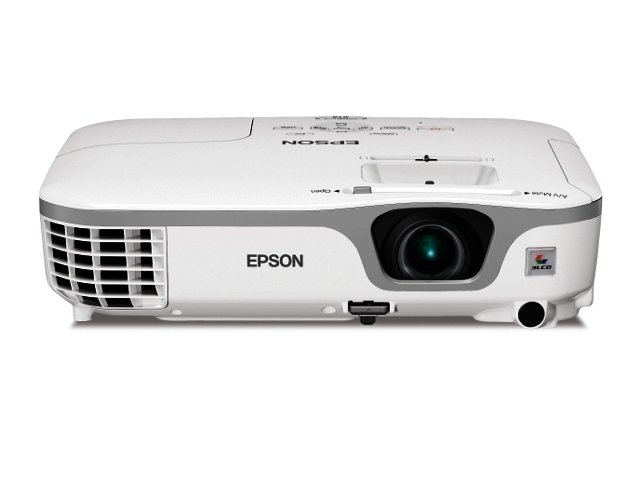There are many factors to consider when purchasing a digital projector for your business. Hans Drummer, Project business unit owner for Epson Europe, outlines the essential aspects in making your decision.
What’s important to you?
As with any IT purchase, a good way of narrowing down projector choice is to formulate and prioritise a list of features deemed important. According to a recent survey from TFCInfo, picture quality is always at the top of the list, followed by brightness (a.k.a projector lumens). Price and reliability then follow close behind.
How will you use the digital projector?
If you travel a lot for presentations, portability is a major consideration. Luckily there are some ultra-light and slim models on the market today which fit into a notebook bag and have been designed for mobile use. Equally, users need to think carefully about image resolution. Do not go for the highest possible resolution, but for the one that matches the capabilities of whatever PC or notebook you will be using. For example, if you don’t have a device capable of displaying widescreen content, then you won’t need a widescreen projector.
Then you need to consider where will the projector be used? If it’s in a fixed location you may want a ceiling mount model and use a remote control to operate it. For presentations in confined spaces, short-throw and ultra-short-throw digital projectors are the ones to go for – some can offer large image sizes from as little as a few centimetres away from the surface being projected on to.
Digital projector colour brightness and image quality
Out of all the factors above, you will want to check out image quality first. A demo will help here, but to be sure you really need to try a projector in the environment in which it will be used, and that isn’t always possible. This leaves users reliant on the technical information published by the manufacturer, such as the levels of brightness or lumens and resolution, to base your decision on. Unfortunately, these figures don’t always give you the whole story, particularly when it comes to colour brightness as, the figures normally quoted are only for white light, not colour.
When you consider that just about everything is projected in colour these days, this can be a real issue. It is important to be aware that different projector technologies deliver colour in different ways. To find out a digital projector’s colour brightness, consumers can simply check the brightness of the component colours (red, green and blue). This gives you the Colour Light Output figure (a.k.a CLO).
To gauge whether your colours will be vivid and bright, make sure the lumens for your colour brightness or CLO match those for the white light output or brightness. When the projector lumens for white and colour brightness don’t match, you often get drab presentations with dull colours that are much less engaging and harder to view compared to those where colour brightness matches the white. This is a real concern as, in reality, you’re not always getting what you think you’re paying for.
3LCD projectors for three times brighter colours
Ideally the two figures – colour brightness and white brightness – should be the same, which is what you’ll get with a projector based on 3LCD technology, originally developed by Epson, which combines the three component colours to create the projected image. On comparable single-chip DLP projectors with the same quoted lumens, however, its technology limitations result in colour brightness which is a lot lower than the published white light brightness figure. In recent tests of models from leading DLP projector vendors, it was common to find colour levels that were a third of the white brightness figure or, in some cases, even lower.
Consequently, when comparing projectors with the same quoted lumens in white brightness, this study found that Epson projectors delivered three times brighter colours. As this measuring standard is fairly new, colour brightness or CLO information isn’t, as yet, published by every digital projector manufacturer. However, that looks set to change. Demanding this data allows you, the user, to make an effective choice on your digital projector, ensuring that you get value for money and receive every single lumen, both white and colour light, that you are paying for.
Consumers can learn more about colour brightness by visiting the CLO website at www.epson.eu/CLO. Here you will find detailed information on why matching the lumens for colour brightness and white light brightness is so important, plus test results, that detail the brightness of the digital projectors on your shopping list.





